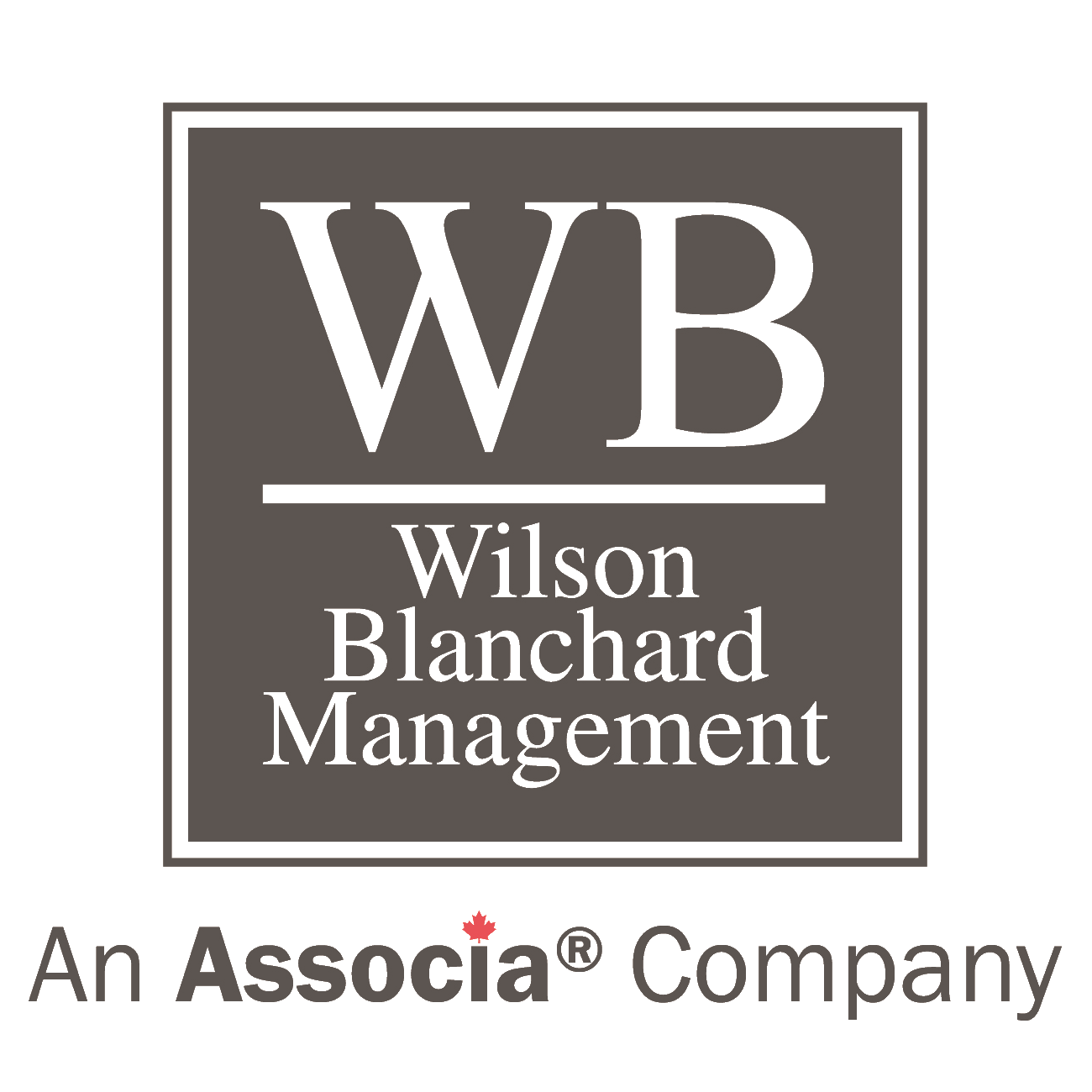Modernizing Communications
By: Dean McCabe – Vice President of Operations
From the WB Condo Connection – Volume 6, Issue 2
Seriously ask yourself this question….How many of you get your bills by email to save the $2 charge? How often do you actually check the mail these days because everything is electronic and all you get are flyers? How often do you actually buy stamps? If you were to sample the public with these three questions you would not be surprised to see that a rising number of people in Ontario would say that the primary method of information exchange and communications that they use are electronic, smart phone applications or a variety of social media.
Electronic communications are becoming the norm these days. It is faster, cheaper, more efficient and even Canada Post would say more reliable! We all recognize that the public has a broad range of technical abilities and some are just more comfortable receiving information in a hard copy. This article is designed to address concerns of the rising cost of communication in condominiums and the problems that use of electronic methods can cause.
There is a reason that condominium corporations have shied away from electronic mail and notices. Primarily in the past it has been the high number of transient email addresses. Owners who do not want to receive communication from their condo corporation at their work email have often provided home email addresses provided free from Gmail, Yahoo!, Hotmail or a number of other free providers. This means that when those sites get swamped with spam the owners simply change their email address and forget to inform the Condo Manager. As a result the challenge is that Managers send important notices, AGM packages and budgets and they are never received…and what is worse is the owners feel that management is not communicating with them.
With the increasing costs associated with “snail mail” it is time for us to overcome some of these challenges and begin communicating more efficiently with owners who have increasing expectations.
The first and most important aspect to communicating electronically with owners and residents is to have their permission. This can be done simply by asking them to provide an email address for use by the condo corporation and getting their signed authorization (or electronic authorization) to use that electronic address for all communications with the owner or resident. This includes notices, AGM packages, insurance certificates and budgets. This can also include arrears notices, rules infractions, newsletters and other community news.
The second step is to ensure that owners and residents feel comfortable providing this information and are secure in the knowledge that the information is not shared, sold or disclosed to third parties, and is not used other than for the purpose of the business of managing the condominium. This can be tricky and involves the practice of good business email etiquette. For example: sending an email to seven owners and including each of their email addresses in the “cc” or “to” boxes of an email rather than using the “bcc” option, could be seen as unauthorized distribution.
The third step, (and the final one for this article) is for management and the Board to realize that this important time and money saving step can have unintended consequences. When owners are communicated to by email, it in turn gives license for them to communicate to the Board electronically. This means an increase in short, sometimes abrupt or seemingly aggressive communications. Experts have found that emails are often misinterpreted, and Managers and Board members may need to recognize that the tone of emails can often be viewed as more harsh that the writer intended. It is also important to remember that electronic communications cannot give the writer license to expect immediate response. While the delivery and receipt of email is indeed faster, the Manager still requires time to investigate and contemplate the questions or views of the owners or residents, and in many cases time to discuss options and get direction from the Board.
